Cheryl MacDonald - Canada Under Attack: Irish-American Veterans of the Civil War and Their Fenian Campaign to Conquer Canada
Here you can read online Cheryl MacDonald - Canada Under Attack: Irish-American Veterans of the Civil War and Their Fenian Campaign to Conquer Canada full text of the book (entire story) in english for free. Download pdf and epub, get meaning, cover and reviews about this ebook. year: 2015, publisher: James Lorimer, genre: History / Science. Description of the work, (preface) as well as reviews are available. Best literature library LitArk.com created for fans of good reading and offers a wide selection of genres:
Romance novel
Science fiction
Adventure
Detective
Science
History
Home and family
Prose
Art
Politics
Computer
Non-fiction
Religion
Business
Children
Humor
Choose a favorite category and find really read worthwhile books. Enjoy immersion in the world of imagination, feel the emotions of the characters or learn something new for yourself, make an fascinating discovery.
- Book:Canada Under Attack: Irish-American Veterans of the Civil War and Their Fenian Campaign to Conquer Canada
- Author:
- Publisher:James Lorimer
- Genre:
- Year:2015
- Rating:4 / 5
- Favourites:Add to favourites
- Your mark:
Canada Under Attack: Irish-American Veterans of the Civil War and Their Fenian Campaign to Conquer Canada: summary, description and annotation
We offer to read an annotation, description, summary or preface (depends on what the author of the book "Canada Under Attack: Irish-American Veterans of the Civil War and Their Fenian Campaign to Conquer Canada" wrote himself). If you haven't found the necessary information about the book — write in the comments, we will try to find it.
Cheryl MacDonald offers a fast-paced account of these events. Irish-Americans who had fought in the US Civil War emerged from that war with new military skills. There was widespread unemployment. Many Irish immigrants were fervent supporters of the Irish independence movement. Irish leaders saw an opportunity to cause problems for the hated British authorities -- and to bargain for Irish independence -- by using their new military prowess to attack Britains North American colonies. Many expected Canadians to welcome a defeat of the colonial rulers.
In this book, Cheryl MacDonald describes how the Fenians mounted their attacks into what is now Manitoba, Ontario, Quebec, and New Brunswick. Among the many colourful characters in her story are Canadas first spymaster, Gilbert McMicken, who organized a network of agents providing intelligence on the Fenians, and Thomas DArcy McGee, a one-time Fenian supporter who became a key colleague of John A. Macdonald -- until McGees assassination in Ottawa by a Fenian sympathizer.
In the background. playing an ambiguous role, were key American politicians. They were torn: many vigorously supported US expansionism, and saw Canada as the next addition to the Union after the successful addition of Florida, Texas, California, and Louisiana -- with Alaska to come in 1867. After the disastrous Civil War, they were not ready to go to war with Britain and face its overwhelming naval power and its naval bases in Halifax and Victoria. A Fenian success, however, promised a possible back-door way to annexing Canada or some of its parts -- the West and B.C., for instance.
This book, which reflects the findings of recent scholarship on this tumultuous period, is a short, readable overview of the drama and conflict as Britains colonies coalesced in the Canadian Confederation. These events place a different light on the atmosphere around the negotiations by politicians that led to the Confederation deal in 1866-67.
Cheryl MacDonald: author's other books
Who wrote Canada Under Attack: Irish-American Veterans of the Civil War and Their Fenian Campaign to Conquer Canada? Find out the surname, the name of the author of the book and a list of all author's works by series.

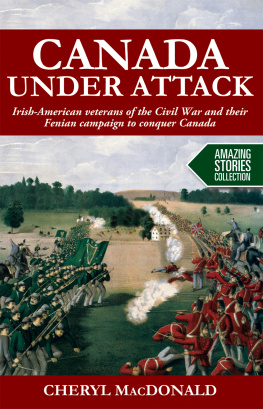
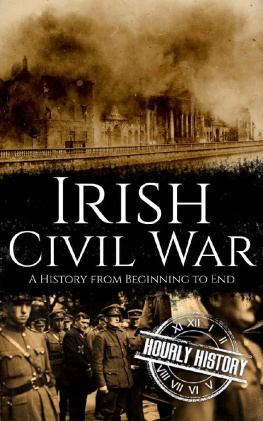

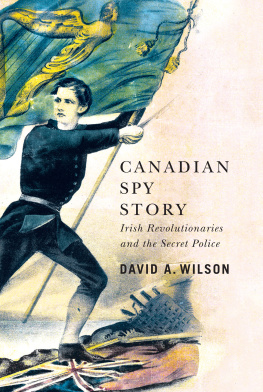
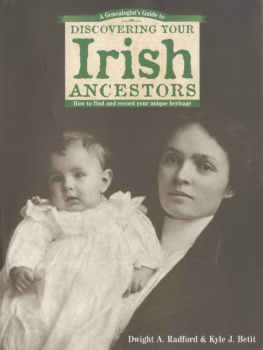
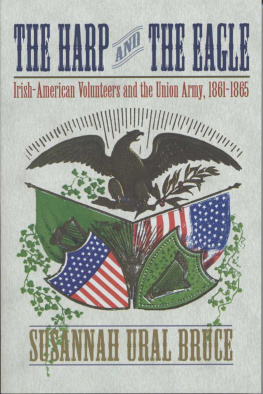
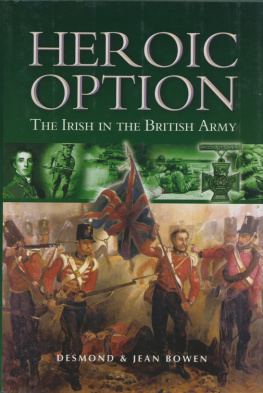
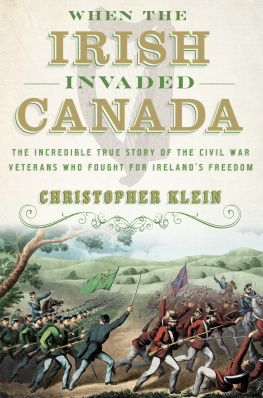
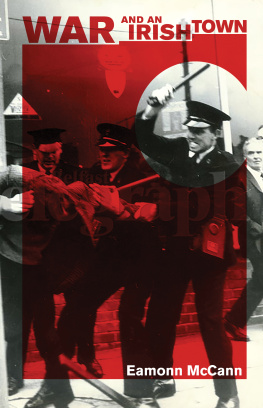
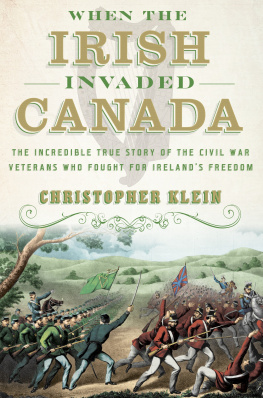
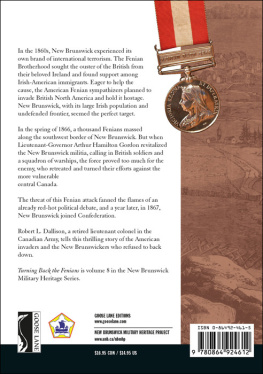

.jpg)